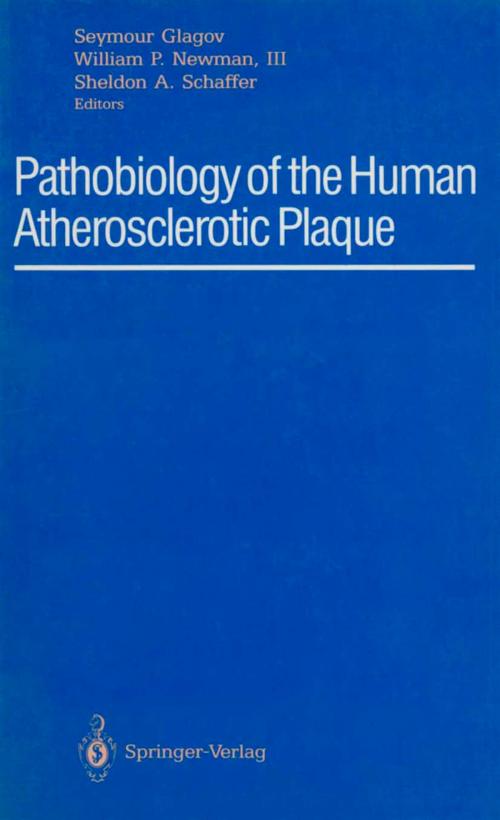Pathobiology of the Human Atherosclerotic Plaque
Nonfiction, Health & Well Being, Medical, Specialties, Pathology, Internal Medicine, Cardiology| Author: | ISBN: | 9781461233268 | |
| Publisher: | Springer New York | Publication: | December 6, 2012 |
| Imprint: | Springer | Language: | English |
| Author: | |
| ISBN: | 9781461233268 |
| Publisher: | Springer New York |
| Publication: | December 6, 2012 |
| Imprint: | Springer |
| Language: | English |
Seymour Glagov The last meeting, devoted exclusively to an examination of the atherosclerotic plaque, took place in Chicago 25 years ago under the joint auspices of the Council on Arteriosclerosis of the American Heart Association and the Chicago Heart Association. The proceedings were published subsequently in a volume entitled "Evolution of the Atherosclerotic Plaque", edited by Richard J. Jones (1). Both experimental and human lesions were considered and several provocative new approaches to the disorder were discussed. The electron microscope was being applied systematically to the study of blood vessels at that time, so that details of the infrastructure and cellular composition of the artery wall and of atherosclerotic lesions were presented in some detail. There was, as one result of these explorations, considerable discussion of morphologic evidence suggesting that the principal cell involved in the atherogenic process was neither the fibroblast nor the macrophage, as had been supposed, but the smooth muscle cell. In particular, the findings indicated that this cell could incorporate lipid and become a foam cell.
Seymour Glagov The last meeting, devoted exclusively to an examination of the atherosclerotic plaque, took place in Chicago 25 years ago under the joint auspices of the Council on Arteriosclerosis of the American Heart Association and the Chicago Heart Association. The proceedings were published subsequently in a volume entitled "Evolution of the Atherosclerotic Plaque", edited by Richard J. Jones (1). Both experimental and human lesions were considered and several provocative new approaches to the disorder were discussed. The electron microscope was being applied systematically to the study of blood vessels at that time, so that details of the infrastructure and cellular composition of the artery wall and of atherosclerotic lesions were presented in some detail. There was, as one result of these explorations, considerable discussion of morphologic evidence suggesting that the principal cell involved in the atherogenic process was neither the fibroblast nor the macrophage, as had been supposed, but the smooth muscle cell. In particular, the findings indicated that this cell could incorporate lipid and become a foam cell.















